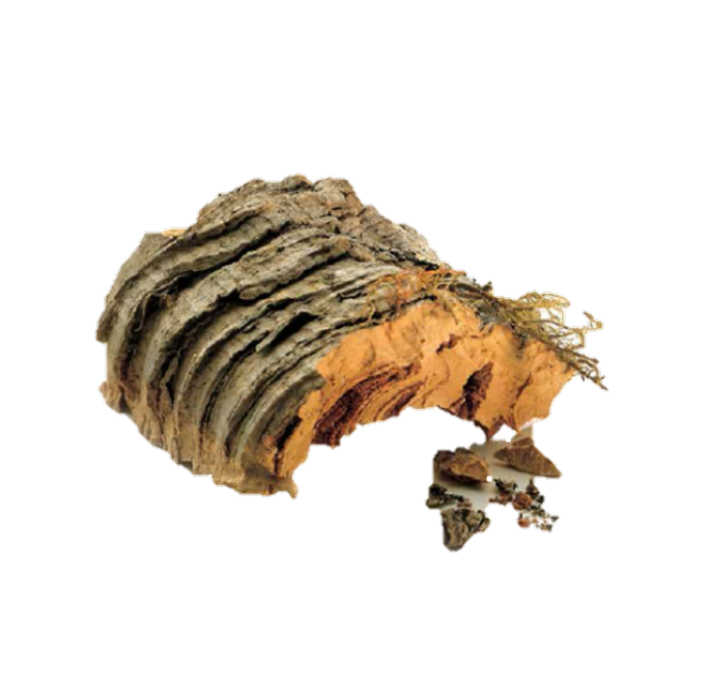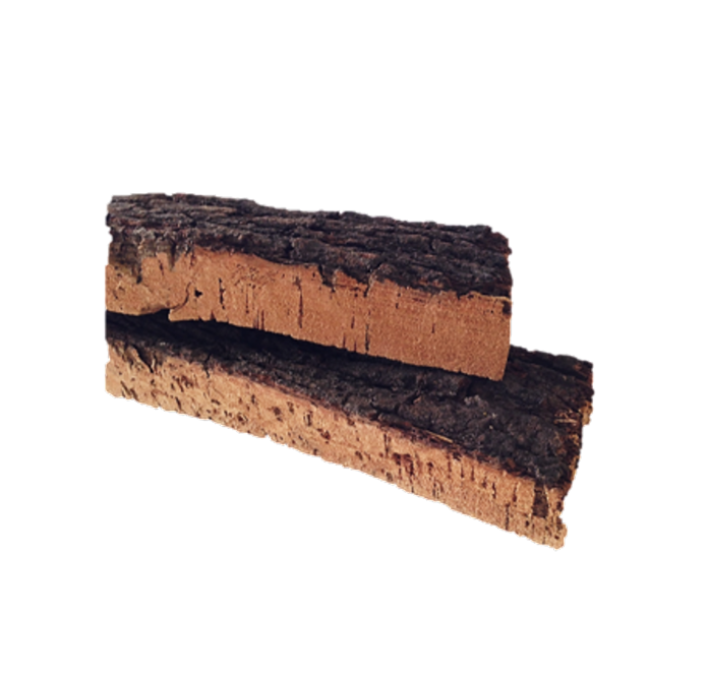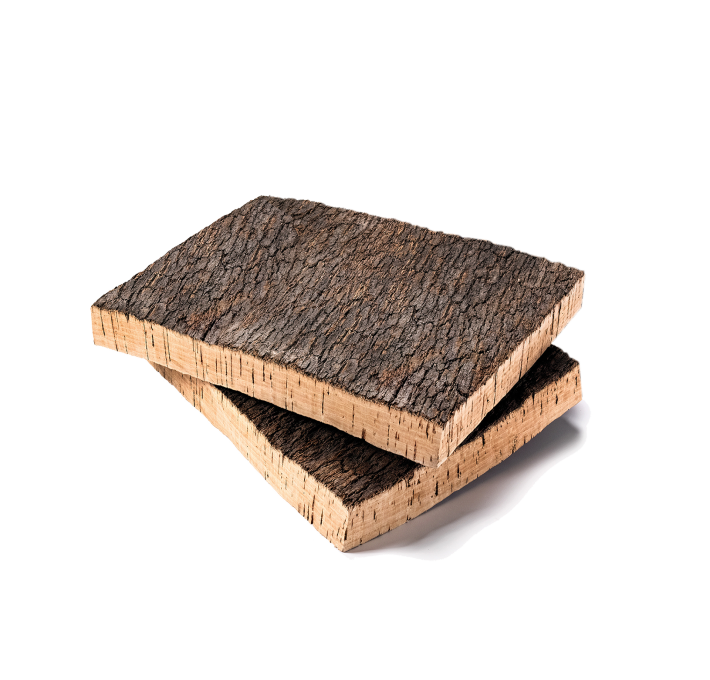A new life, every 9 years
Cork planks are the result of the harvesting process that enables the endless applications of cork across wildly diverse industries, such as cork flooring.
Cork planks are the result of the harvesting process that enables the endless applications of cork across wildly diverse industries, such as cork flooring.
After 25 years the Cork Oak tree is ready for the first harvest. Subsequent harvests will happen in 9 year cycles after that between May and August. This is the period when the cork oak tree is at its most active phase of growth and is easier to strip.
Cork harvesting is, until today, a handcrafted job that requires years of practice and a know-how that crosses generations. In order to preserve the cork oak tree, it has to be done by highly trained and skillful individuals.
Trees are never cut down during this process and the cork bark will regenerate itself after each harvest. The cork oak actually increases its ability to absorb CO2 during this natural regeneration process.
Cork oak forests are a perfect example of the balance between preserving the environment and sustainable development - just the fact that no tree is cut down during cork harvesting is a unique case in terms of sustainability.
The cork industry and its related activities help to maintain thousands of jobs and keeps people on their land. According to the WWF – World Wild Fund for Nature, over 100.000 people in southern Europe and North Africa directly and indirectly depend on these forests. In Portugal alone, which boasts the largest area of cork oak forest in the world, around 700 companies directly depend on this economy; involving around 8300 direct jobs and thousands of indirect jobs (catering, tourism, etc.).
The harvesting stages

VIRGIN
1st harvest
After approximately 25 years and when the trunk circumference reaches 70 cm when measured 1.3 meters from the ground. The extracted cork is highly irregular.

SECUNDEIRA
2nd harvest
Happens 9 years after (minimum). The cork form the first two harvests does not meet the requirements for natural cork stoppers production. Therefore, this cork is used for other applications instead, such as cork flooring.

AMADIA
3rd harvest
Occurs 9 years after. The tree enters in a 9 year harvesting cycle. A cork oak tree can be harvested between 15 to 18 times during its lifespan as these are trees that can live up to 200 years. Only the cork extracted from this phase forward meets the requirements for the production of natural cork stoppers.

